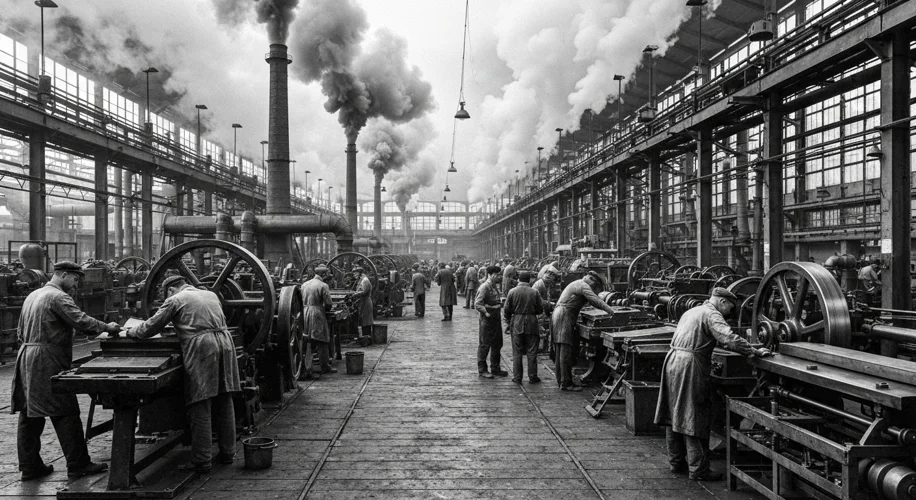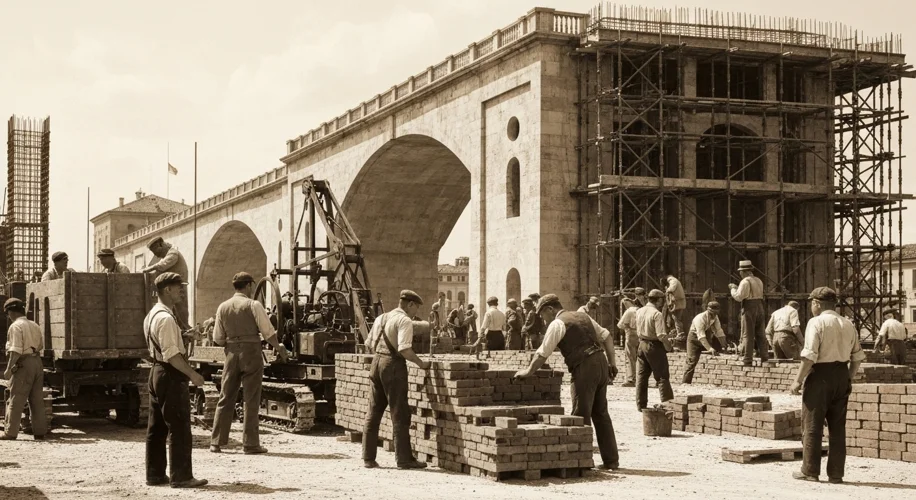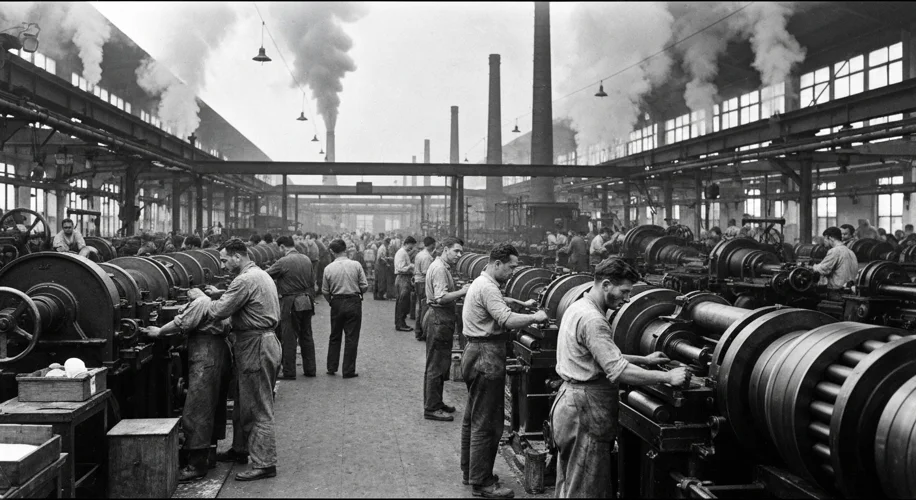When we think of Fascist Italy, the shadow of war often looms large. The dramatic pronouncements of Mussolini, the black-shirted legions, and the eventual descent into global conflict tend to dominate our historical narrative. Yet, to understand Fascist Italy solely through the lens of its military ambitions is to miss the everyday lives of millions. What did work and life truly look like for ordinary men in Italy during the periods of peace, before the drums of war began to beat with such urgency?
Fascist Italy, particularly in the years leading up to World War II, was a nation grappling with modernization, economic restructuring, and the consolidation of a new political order. The Fascist regime, under Benito Mussolini, sought to create a corporatist state, where industries and labor were organized into syndicates and corporations, theoretically representing the interests of both employers and employees. This was presented as an alternative to both liberal capitalism and Marxist socialism, a “third way” that would foster national unity and economic strength.
The economic landscape was diverse, reflecting Italy’s varied geography and historical development. In the industrialized north, particularly in cities like Milan, Turin, and Genoa, heavy industry, manufacturing, and finance were dominant. Men here found work in factories producing textiles, automobiles, steel, and machinery. The FIAT automobile company, for example, was a major employer, its vast factories a symbol of Italian industrial prowess. Skilled laborers, engineers, and factory workers formed a significant segment of the male workforce.

Agriculture remained a cornerstone of the Italian economy, especially in the more rural and southern regions. Millions of men worked the land as farmers, sharecroppers (mezzadri), or landless laborers (braccianti). The Fascist regime did promote land reclamation projects, such as the Pontine Marshes, creating new agricultural land and settling families on it. However, agricultural work was often physically demanding, seasonal, and subject to the vagaries of weather and market prices. The “Battle for Grain,” initiated by Mussolini in 1925, aimed to increase domestic wheat production to reduce reliance on imports, leading to intensified efforts in farming.
Beyond industry and agriculture, a significant portion of the male population was engaged in skilled trades and services. Artisans, masons, carpenters, mechanics, electricians, and shopkeepers provided essential services to their communities. Public works projects, often highlighted by the regime, provided employment for many. These included the construction of new roads, railways, public buildings, and infrastructure projects designed to showcase Italy’s progress and national pride. The “Venti anni” (twenty years) of Fascism saw significant investment in urban development and modernization.

Societal expectations placed a strong emphasis on a man’s role as a provider. The Fascist ideology reinforced traditional gender roles, with men expected to be the breadwinners and protectors of the family. Work was not just a means of survival but a civic duty, a contribution to the strength and glory of the Fascist state. Unemployment was a persistent problem, particularly during the Great Depression, and the regime invested heavily in public works and propaganda to create a sense of full employment and national purpose, even if the reality was often less rosy.
Navigating this labor landscape required adaptability and adherence to the Fascist corporatist structure. While the regime aimed to eliminate class conflict, the realities of the workplace often reflected existing social hierarchies. Wages, working conditions, and opportunities varied significantly based on region, industry, skill level, and political connections. For those in military service or state-sponsored organizations, their labor was explicitly tied to the regime’s broader objectives of national power and expansion.
As the 1930s progressed, the increasing focus on military preparedness and autarky (economic self-sufficiency) began to subtly shift the labor market. Resources were redirected towards armaments and strategic industries, and conscription became more prevalent, drawing young men away from civilian occupations. Yet, for many years, the daily grind of work in factories, fields, and workshops continued, a testament to the resilience and varied experiences of Italian men under Fascist rule, a narrative far richer and more complex than just the thunder of marching boots.

